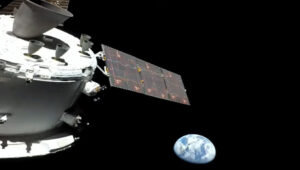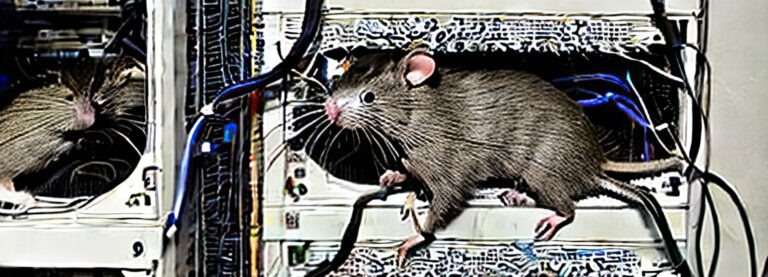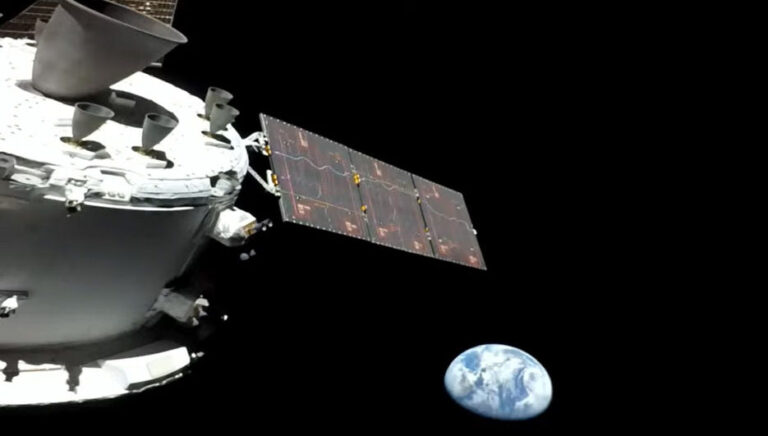 It’s about 42 minutes to liftoff as I type this; I’d be lying to you and kidding myself if I didn’t fess up to saying a prayer that we’re about to see yet another shuttle mission go off without any life-threatening hitches. Not that the media reports of internal NASA strife over go/no-go votes suddenly have me thinking that this mission is unusually dangerous. Because, y’know, it’s never really safe. And it never has been. It wasn’t safe last year. And it wasn’t safe in 2003. And it wasn’t safe in 1986. Or 1967. And that’s why I have no problem still labeling astronauts as “heroes.” Because they still have the right stuff that it takes to strap themselves into that thing and go up there, even though it’s still not safe.
It’s about 42 minutes to liftoff as I type this; I’d be lying to you and kidding myself if I didn’t fess up to saying a prayer that we’re about to see yet another shuttle mission go off without any life-threatening hitches. Not that the media reports of internal NASA strife over go/no-go votes suddenly have me thinking that this mission is unusually dangerous. Because, y’know, it’s never really safe. And it never has been. It wasn’t safe last year. And it wasn’t safe in 2003. And it wasn’t safe in 1986. Or 1967. And that’s why I have no problem still labeling astronauts as “heroes.” Because they still have the right stuff that it takes to strap themselves into that thing and go up there, even though it’s still not safe.
Don’t get me wrong, the questions are valid about the costs and benefits of the space program, about the safety of spending a quarter of a century flying a small fleet of spacecraft that was designed and signed off on during the Nixon administration, and about why it took so long for the “sudden” realization to set in that we need a new space vehicle. But when it’s this close to liftoff, I like to set those thoughts aside and send my best wishes to those folks who are in the shuttle. You know, my heroes.
Skip to content
Being the blog of theLogBook.com's webmaster, Earl Green
You May Also Like:
Categories
Still Trekkin’, still talkin’
Categories
So, about the move…
Categories
Social butterfly
Categories
Trekkin’ and Talkin’ Times Two
Categories








I was hoping for a launch on Saturday and Sunday and so I was a little bummed. Let’s hope it all goes well on Tuesday!
I look upon the shuttle problems in a slightly different way. My issues with the Shuttle has nothing to do with how old they are. Usually, on a well-designed aircraft, you just need to replace the avoinics every once in a while and it’s good to go. Look at the B-52 bomber. About 50 years old and still going strong. Or the F-15 which has been doing great for almost thirty years.
No, my issue has to do with NASA putting all their eggs in one basket. The shuittle was too big and costly and it sucked all the money out of other worthy projects. If they scaled down the shuttle (like what they are doing with the replacement shuttles ) then we would have gotten a lot more things done in the intervening years. We also would have had a larger fleet of ships. The shuttle design was a tad too complicated too. A plane strapped onto a giant hydrogen/oxygen tank with two solid fuel boosters seems to unwieldy to me. Hopefully the new ships will have a simpler design.
In the meantime we’ll just have to tough out the next four years until NASA rolls out the next generation of spacecraft.
There’s another problem in that the shuttle was supposed to be just one part of the Space Transportation System (the “STS-” prefix of all of the shuttle flight numbers), the rest of which – orbital platforms, heavy lifting vehicles, and space tugs – never materialized. The shuttle was supposed to get stuff into low earth orbit, and the other vehicles were supposed to see us working on orbital microwave power stations in geosynchronous orbit by now.
NASA kinda had an STS thing going in the early days. It would carry a satellite into low earth orbit and the satellite, equipped with a booster, would go the rest of the way. After the Challenger disaster, Congress decided to play amatuer engineer and placed all sorts of restrictions on what kind of boosters would be allowed in the shuttle bay. At that point NASA opted out of most satellite launches with the shuttle and so the satellites had to be launched via conventional methods. The Galileo probe, designed for a shuttle launch, had to opt for a conventional launch and they could only afford a low-energy orbit. That’s why it took the probe ten years to get to Jupiter.
I didn’t know about the tug boat in space thing. That would have been cool! No doubt it was dropped because the shuttle sucked in all the funding.